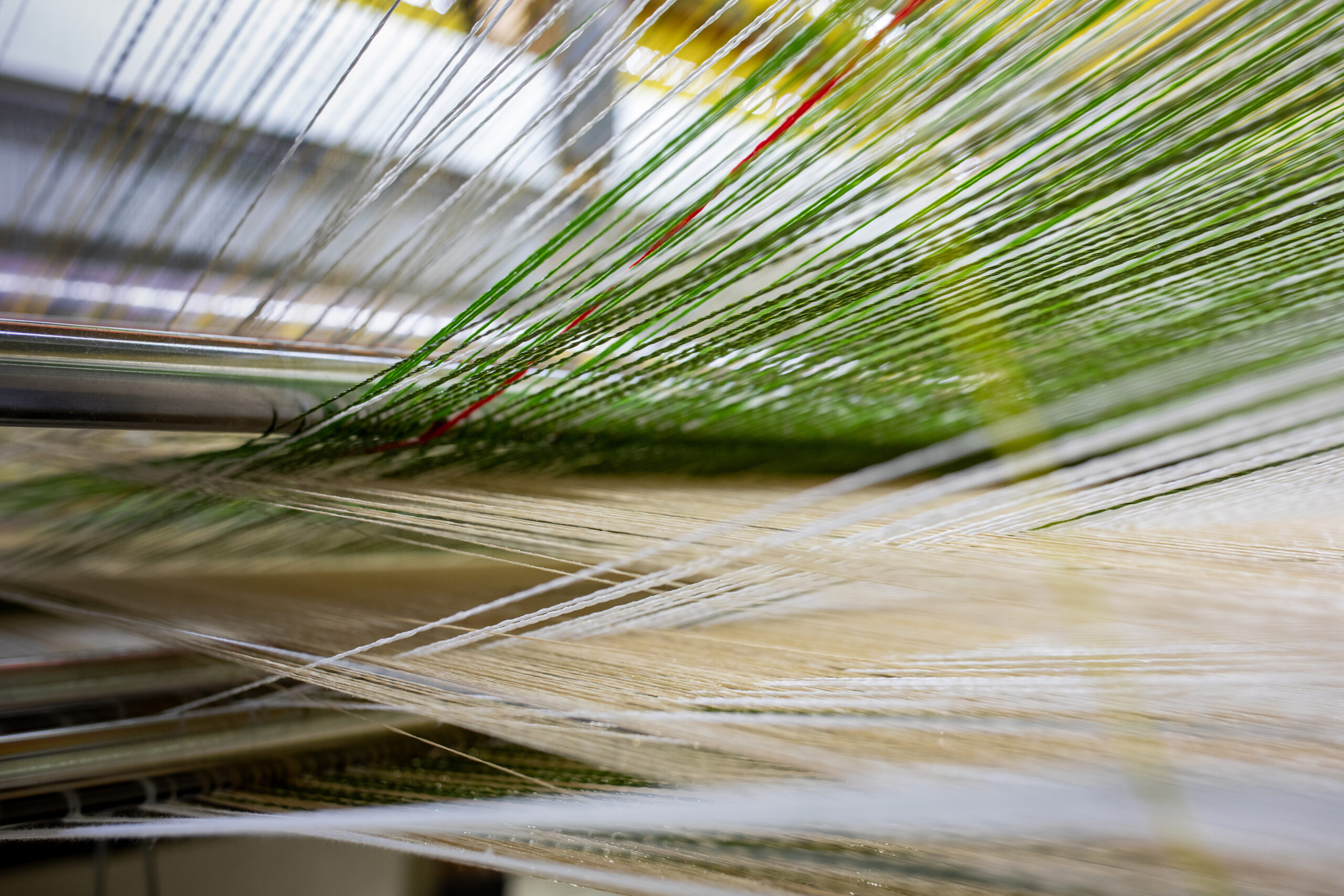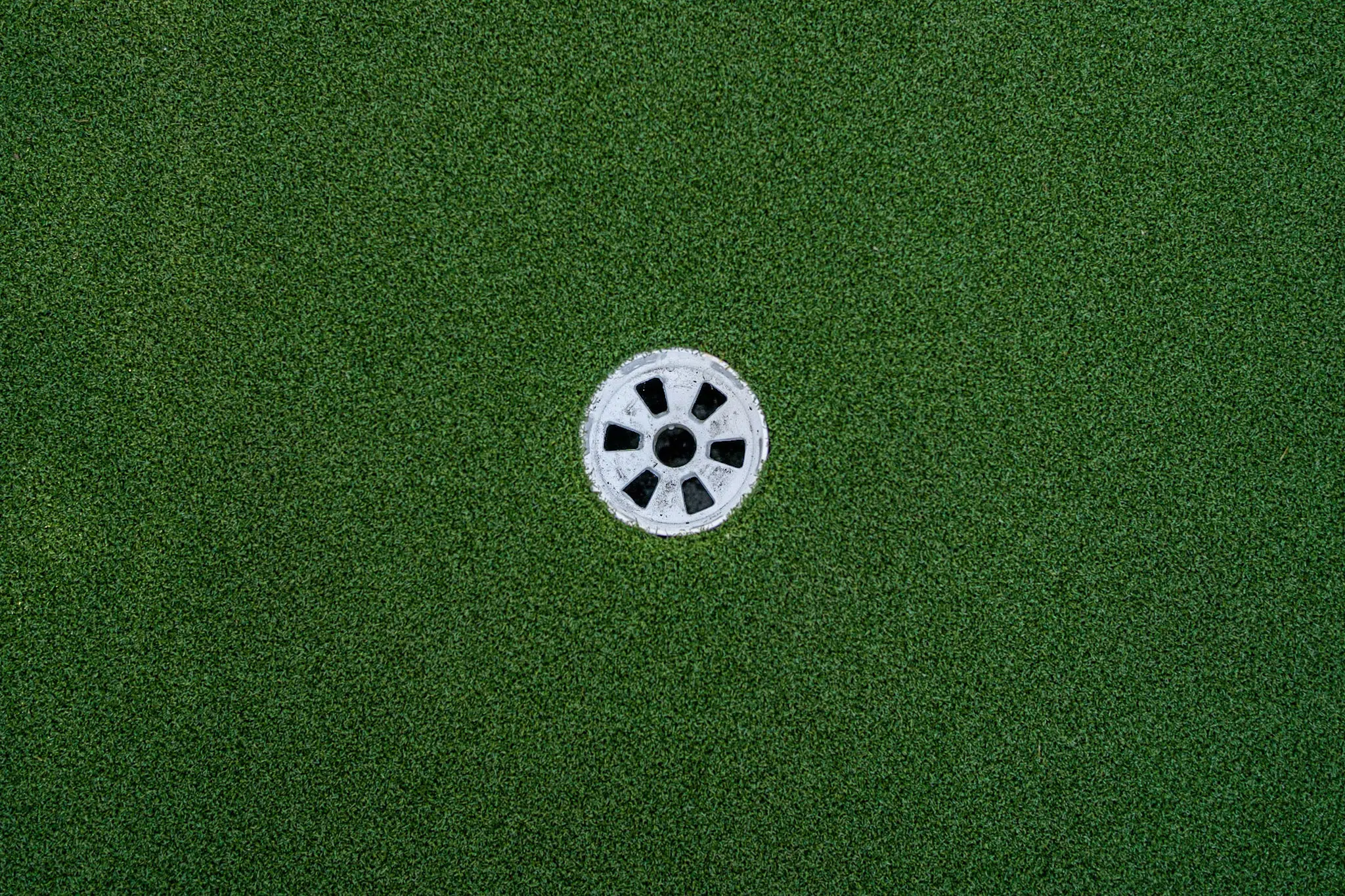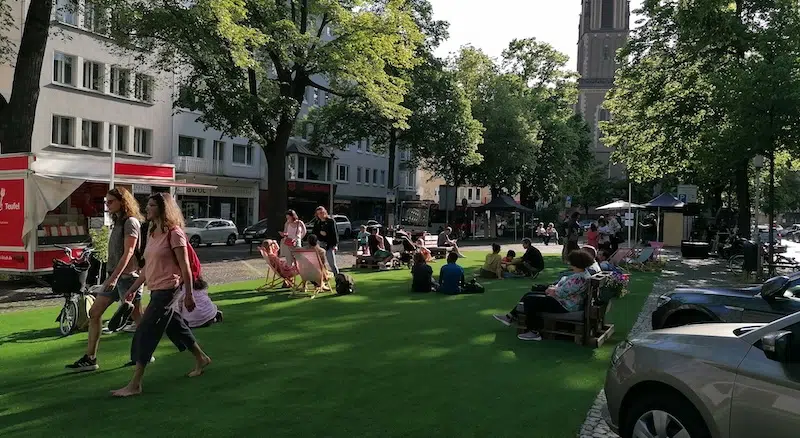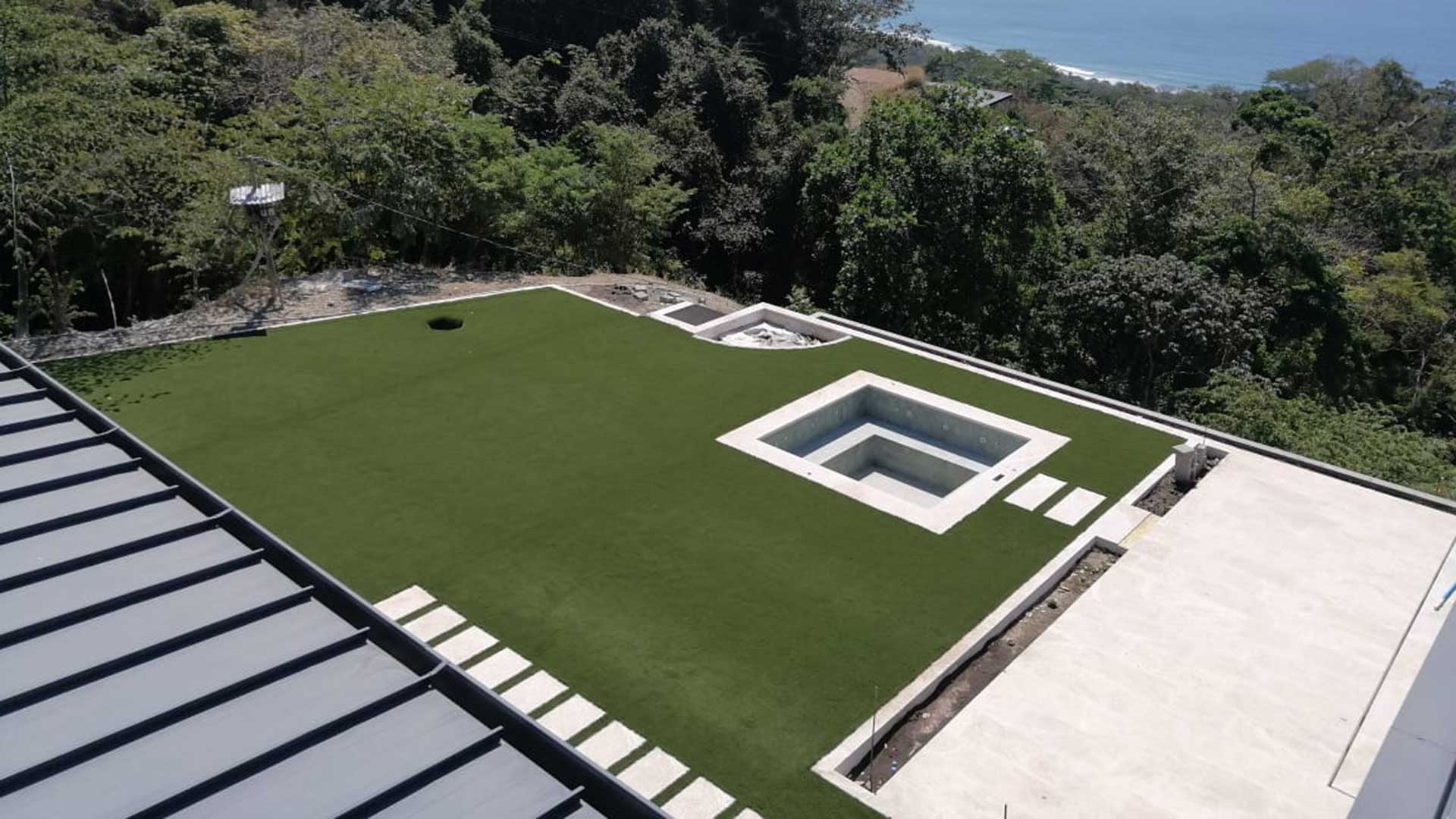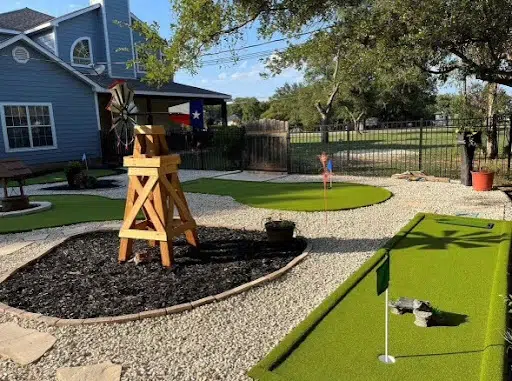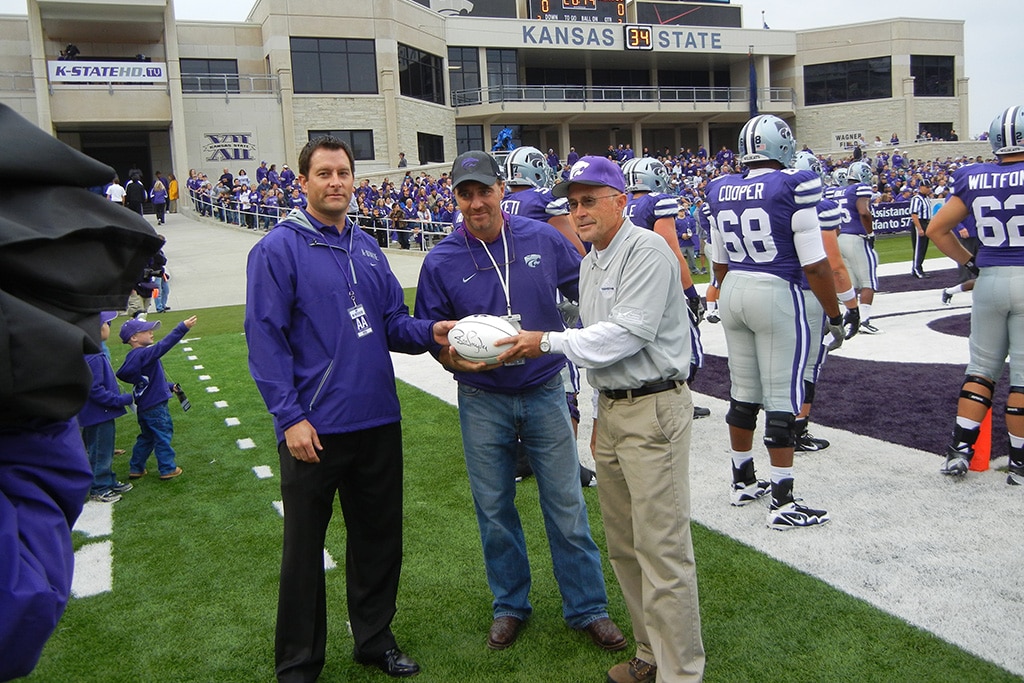
SYNLawn and AstroTurf win big at K-State
Manhattan, KA — Saturday”s 37-0 rout of Kent State at Bill Snyder Family Stadium was a big day for the Kansas State University Wildcats football team. It was also a big day for soybean farmers throughout Kansas.
Soybean farmers?
Prior to Saturday”s game, the Kansas Soybean Commission (KSC) and United Soybean Board (USB) hosted a large interactive area outside the stadium promoting soybean”s new uses, current products, and the soybean industry in general. One of the major new uses is in the backing of AstroTurf products such as the new field that the Wildcats football team plays on and the new Tointon Family Stadium baseball field the Wildcats will play on.
“This was a great day for our company and for the soybean industry,” said Bryan Peeples, President of AstroTurf. “It was a way to make people aware of how important the American farmer is to a number of industries.”
The event was held in conjunction with the United Soybean Board”s new-use initiatives program and the soybean checkoff.
Fans who stopped by the tent were able to sample a variety of foods to help reinforce the animal-agriculture message. They also played putt-putt on golf holes made from soy adhesive, soy ink, soy stain, and soy backed synthetic turf from SYNLawn, the world”s leading manufacturer of synthetic turf for golf and landscape applications. The group also gave away 5,000 samples of AstroTurf, which was the same as the AstroTurf used in Bill Snyder Family Stadium.
The soybean checkoff program collects one-half of one percent of the net market price of soybeans at the first point of sale, usually when a farmer delivers soybeans to a grain elevator. Half of the amount collected remains within the state where it is collected, and the other half is invested by USB to benefit all U.S. soybean farmers.
The goal of the program is to strengthen the position of soybeans in the marketplace and to maintain and expand domestic and foreign markets and uses for soybeans and soybean products. Among other programs, the checkoff invests the monies to provide funding that goes to research, develop, and promote new uses for soy. Thanks, in part, to this program, industrial use of U.S. soy has jumped 50 percent since 2006.
Through this program, we’ve developed a method of using soy-based polyol technology in the backing of synthetic turf, instead of petroleum-based products.
In recent years, the U.S. has exported more than half its soybeans to be used as food and feed in other countries. Production of animal feed and human food, both here in the U.S. and around the world, uses the vast majority of oil and protein-rich meal from U.S. soybeans.
“When it comes to food, feed, and fuel, we don”t have to choose,” said Bob Haselwood, chairman of both the KSC and the USB”s new-uses program. “A soybean is about 80 percent protein meal, which is mostly used to feed poultry, livestock, and fish. About 20 percent is oil and most of its use is in food. Other uses include products like the backing for AstroTurf and SYNLawn synthetic turf products.”
Prior to the game, Peeples and Haselwood were presented with a game ball by Kansas State University athletic officials.
The field at Bill Snyder Family Stadium features the revolutionary new Horseshoe™ fiber. This new fiber is enjoying unprecedented success in the sports field marketplace, due to factors such as its unique shape. The fiber is an”Omega” shape with two end columns with a thicker diameter. The design imparts mechanical memory so that the fiber remains upright longer, unlike other fields whose fibers quickly flatten and split or shred at the spine. The Horseshoe™ fiber continues to spring back to its original configuration, even after years of heavy foot traffic or exposure to ultra-violet radiation.
The field also has a face weight of 60 ounces of fiber per square yard, the highest in the industry. This, in combination with the soy-based backing, adds to the durability provided by the fiber shape.
The field also has a nylon RootZone™, a thatch layer which holds the sand and rubber infill in place for less splash and migration, making for a more consistent playing surface.
In extensive testing, the Horseshoe fiber performs most like natural grass from ball roll, to slide resistance, to the biomechanical function of cleats penetrating and releasing properly. A study at Michigan State University, funded by NFL Charities, found that AstroTurf GameDay Grass™ systems looked and performed more like natural grass than any other synthetic product measured, also making it the safest option.
The Horseshoe™ fiber”s shape also allows it to reflect light and heat away from the surface. That, in combination with AstroFlect™ heat reduction technology, can lower surface temperatures by as much as 18%.
The Horseshoe fiber was introduced in 2010 and is already in use on practice fields at schools such as Stanford and the University of Tennessee; baseball game fields for the Tampa Bay Rays, Wake Forest, Duke; and numerous high school football fields around the country.
“After looking at numerous options, we felt AstroTurf and its GameDay Grass 3D60H system was the best choice for us at K-State,” said Associate Head Coach and Director of Football Operations, Sean Snyder.”Some of the top professional and collegiate stadiums and practice facilities in the country utilize this surface, and we are excited about becoming the first FBS football program to install GameDay Grass 3D60H in its stadium. The fibers and technologies used by AstroTurf will provide our student-athletes with a state-of-the art product that focuses on player performance and safety.”
The new AstroTurf surface on Frank Myers Field at Tointon Family Stadium is now complete and features the all-new GameDay Grass 3D60 Extreme product. It provides the Horseshoe fiber, along with slit film fibers for the ultimate in durability. The base paths, warning track, home plate area, and catcher”s areas in the bullpen will feature a diamond fiber for durability in these high traffic areas.



